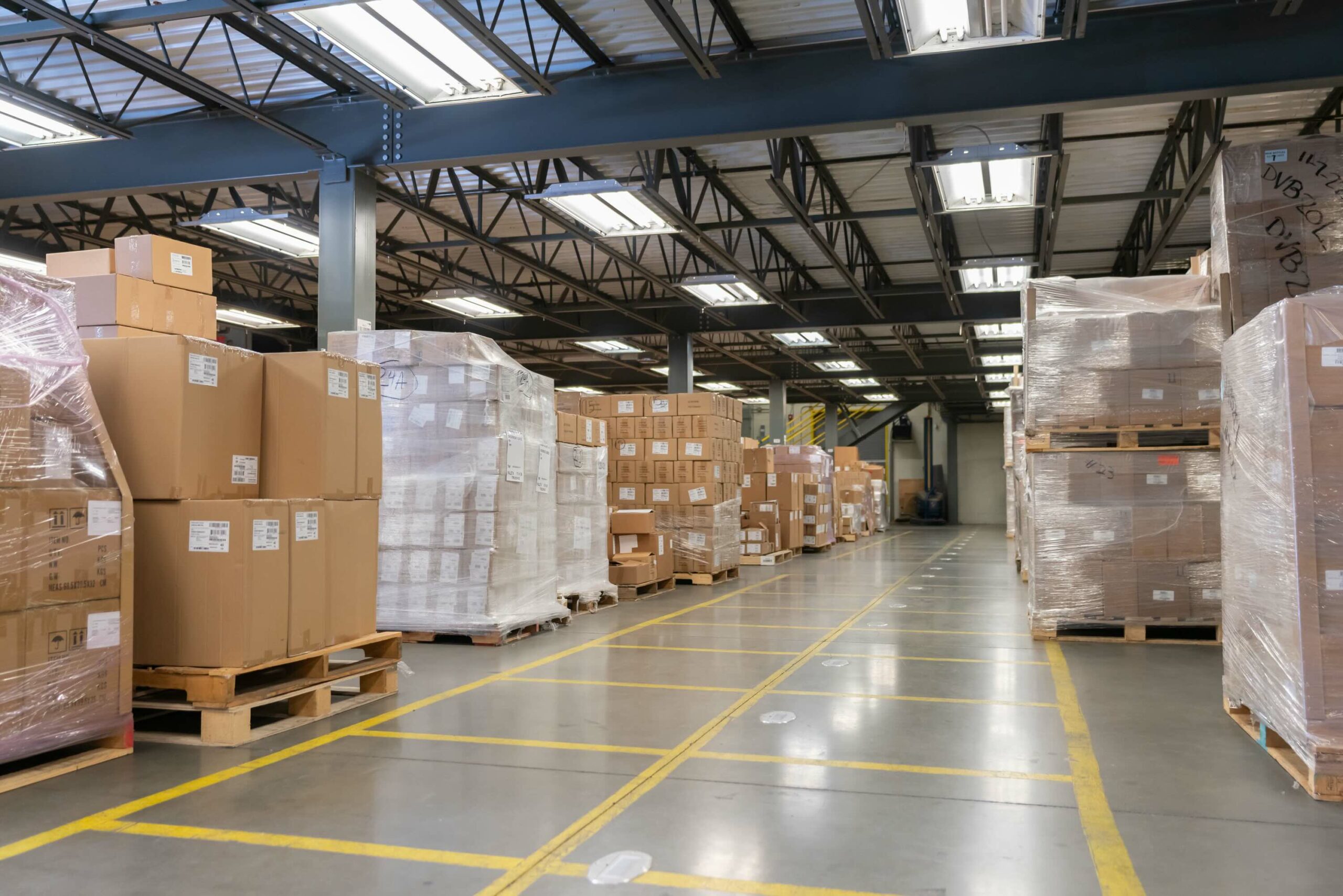
From Ideating Brands To Investing In Them, Product Society Wants To Redefine What It Means To Be A Beauty Manufacturer
Eight years ago, co-founder Philip Miller was schooled on the difficulties of securing a beauty manufacturer after he picked up orders from some 40 stores for the brand Joan’s A Keeper at a trade show and tried to make products to fill them.
Most manufacturers didn’t respond to his inquiries. Those that did offered him pricing that didn’t pencil out for his emerging beauty business. Ultimately, Joan’s A Keeper owner 6 Degrees Collective set up its own manufacturing facility to avoid having to rely on an external copacker and went on to roll out six additional brands.
Miller left 6 Degrees Collective in 2022 and created Product Society, a manufacturer and much more informed by the early lessons Miller learned about dynamics of the relationship between emerging brands and beauty manufacturers. The company’s services extend beyond production to brand development, formulation, packaging, testing, distribution and fulfillment. The company also plans to make strategic investments in brands via a venture division.
“I felt the business was antiquated. You had these huge conglomerates like the KDCs and the Voyants of the world, and on the other side you had these mom-and-pop manufacturers,” says Miller. “The mom-and-pop manufacturers need the business, so they say yes to everything, but they don’t have the infrastructure to support it from a quality or regulatory perspective. So, small brands, where do they go? They have to start with a mediocre option or they have to have crazy resources.”

At Product Society, Max Steir, Miller’s co-founder at the company and a former colleague of his at 6 Degrees Collective, says, “The philosophy is quite simple: To serve a brand you need to think like one and evolve with the market. We are guided by these principles while our competitors are not. While traditional manufacturers and other supply chain players falter in adapting to the changing market landscape, Product Society streamlines operations, providing flexibility and a profound understanding of the markets our clients truly compete in.”
Product Society aspires to be viewed as the rare manufacturer, product developer and distribution partner that serves small brands with financial arrangements that make sense for them and erects infrastructure tailored to them, an especially important factor at a time when regulatory hurdles are mounting with the implementation of Modernization of Cosmetics Regulation Act of 2022 (MoCRA) and distribution challenges are mounting as brands prioritize omnichannel distribution strategies.
Owned by Steir, Miller and Miller’s wife, celebrity makeup artist Mezghan Hussainy, Product Society handles production runs of 5,000 to 50,000 units at its 35,000-square-foot facility in North Hollywood, Calif., and can help bring a brand to market in as little as five to six months, although eight to nine months is typical. Product Society has 40 employees and counting tasked with various functions throughout its multiple verticals.
“Our goal is to focus on brands that will work with us in as many verticals as possible.”
“We are not a manufacturer, a 3PL, a formula house or a regulatory agency. We are a specialized logistics partner and brand accelerator,” says Miller. Steir chimes in, “Today’s brands need to focus on sales, growth, marketing, strategy and team building. We want to support that growth by focusing on the complicated operational lifecycle of their products and the logistical management that comes with it.”
This year, the company forecasts it will generate $10 million to $12 million in revenues and a 20% earnings before interest, taxes, depreciation and amortization (EBITDA) margin. Its client roster contains about 50 brands. Product Society’s production capabilities encompass skincare, bath and body, fragrance, laundry and home care. Fragrance, laundry and home care have been its fastest-growing product categories lately.
“We are able to be very competitive on price because we look at our margin as a blended average across all of the services we offer. Ultimately, our goal is to focus on brands that will work with us in as many verticals as possible, but the options are à la carte,” says Miller. “We have an established brand that just wants us to manufacture, and we have other brands that start with 3PL, but what I think happens over time is you build trust and other opportunities open up.”

Steir adds, “We think about the customer profile and try to study that profile in six-month increments when it comes to revenues, cost, efficiencies, synergies, bandwidth and resources. It’s about global revenue across all channels and that’s what give us the ability to look at the smaller and emerging brands with great potential differently. The more we grow, the more we have the flexibility to build an even stronger risk tolerance for brands with great potential. We want to be the partner that unlocks that potential.”
Asked to elaborate on the prices it charges clients, Miller details, “Let’s say they come to us for the brand ideation and marketing piece, we charge around $7,500 to $10,000 for market research and brand development. The formulation piece is $2,500 for a custom formula. For regulatory, we require customers to run stability and compatibility, which we charge $3,000 for, and there’s a $2,500 custom packaging fee. Per SKU, they are looking at around $7,500 to $10,000 to launch a new product from scratch excluding marketing.”
People have told Miller he’s crazy for assembling an array of services at Product Society rather than narrow its service specialties, but he argues its turnkey approach behooves emerging brands. He asserts they should streamline the services they outsource by partnering with fewer providers to reduce the effort they expend behind the scenes and merchandise mistakes.
“I’m excited by the people that come to us without a name who are super passionate and have a dream.”
“Brands have a packaging consultant, a branding consultant, a formulator, a manufacturer and a 3PL. The amount of time it takes to coordinate those parties is a nightmare for them,” says Miller. “Obviously, nobody is perfect, and when something goes wrong, the blame gets pushed down the line and nobody wants to take responsibility for why, for example, a product may leak, but having someone there that will fix it quickly is a big opportunity to make their lives easier.”
For any beauty manufacturer, the success of the brands it’s tied to can be a boon for business, but Product Society aims to ensure it shares in the upside of that success by backing select brands. It’s currently in discussions with two, according to Miller. For investment purposes, he says Product Society is zeroing in on brands with at least $500,000 in revenues and a valuation under $10 million, but its venture model will ideally progress to having a template applicable for parties regardless of organizational size.
Deals between Product Society and the brands it backs are expected to be structured in different ways. They can involve equity in return for a cash injection or services rendered. Product Society plans to take 1% to 20% equity stakes in brands.

“Although the famous names of celebrities or influencers always sound exciting, personally I’m excited by the people that come to us without a name who are super passionate and have a dream and reason for creating their brand, and as a consumer, it’s something I can buy in to as opposed to someone who has a beautiful face,” says Miller. “I don’t think that will convert as well in the long run.”
Miller predicts that manufacturers will increasingly take stakes in rising beauty brands. He says, “When manufacturers realize they need to position themselves as development partners, they are going got start asking themselves, ‘Well, if I’m a development partner, shouldn’t I be a partner that has long-term upside in the businesses I develop?’”
Manufacturers have occasionally tried to nab a piece of brands’ long-term upside by constructing brands themselves. Miller doesn’t anticipate Product Society going that route. “Creating a brand is hard. You can’t do it as a side thing. You need a team that lives and breathes that brand,” he says. “That’s also why a lot of these brand incubators are struggling and failing.”





Leave a Reply
You must be logged in to post a comment.